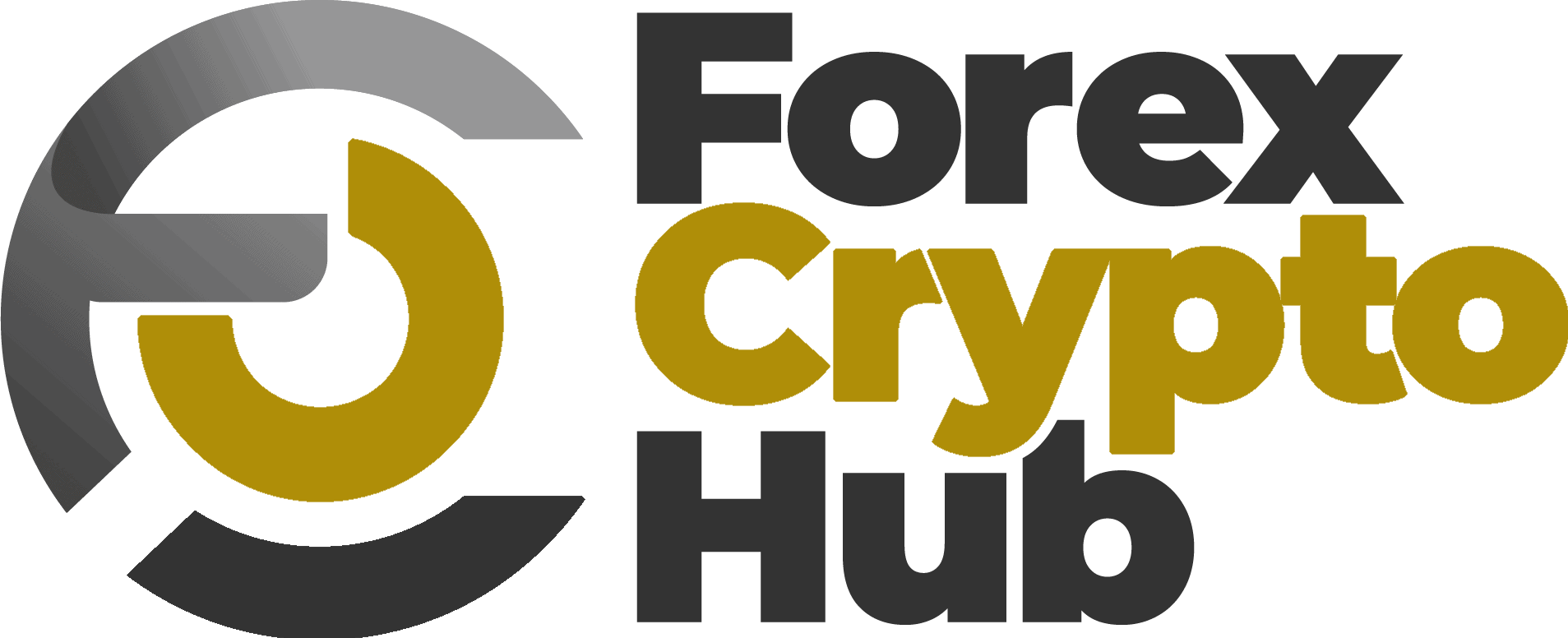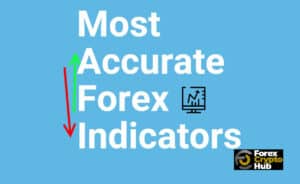Starting something new with trading can feel a bit overwhelming, especially with new tools like cryptocurrency derivatives trading. There are unfamiliar terms, fast-moving screens, and contracts that sound more complex than they really are. Many new traders feel unsure when they first hear about things like futures or options.
We put this guide together to help simplify it. If you’re curious about how cryptocurrency derivatives work and why traders use them, we’ll walk through the main pieces without overloading you with detail. This isn’t about becoming an expert overnight. It’s about getting clear on the basics so you can make informed decisions and move forward with less stress.
Table of Contents
What Exactly Are Cryptocurrency Derivatives
Let’s start simple. A derivative is a financial contract. The contract itself doesn’t hold actual bitcoin or other crypto coins. Instead, it’s based on the price of those coins. So you’re not buying the bitcoin itself, you’re making a deal based on what that coin might be worth in the future.
Think of it like this. You agree today to buy or sell something later at a certain price. If the market moves in your favor, you could profit when the time comes. If it moves the other direction, your trade might lose value.
Traders use these tools to make money from price swings without having to own the actual coin. It’s a way to take positions based on where you think the market might go, up or down. Some traders use it to try to grow faster. Others use it to protect what they already hold.
Common Types of Derivative Contracts
There are a few basic types of crypto derivative contracts. You don’t need to master them all, but knowing the names and what they do can help you feel more prepared.
• Futures: These are agreements to buy or sell a set amount of crypto at a later date for a set price. It locks in the deal now, even if the market changes later.
• Options: This contract gives you the choice (or option) to buy or sell later at a certain price, but you’re not forced to. It adds flexibility but usually costs a bit more.
• Swaps: These are more advanced. They involve exchanging different cash flows between two people, based on the price of a coin or market index. Most beginners don’t start with swaps.
You might see these terms on trading platforms. Some may offer just futures, while others include more tools. It helps to read carefully and try to understand what a platform is offering before clicking into a contract.
The Parts Involved in a Derivatives Trade
Every trade has a few basic parts. There’s the buyer and seller, of course, but also the contract itself and how it gets completed.
• Buyer: This is the person thinking the price will move in one direction. They agree to the contract now.
• Seller: This person thinks the opposite, or they want to earn from the deal if the market stays steady.
• Contract: This is the written deal that spells out the price, size, and date for the trade.
• Settlement: This is what happens when the trade ends. Profits or losses are measured and paid out depending on where the market ended up.
Most traders use online platforms to manage this. These tools match up buyers and sellers, handle the math, and enforce the rules. That makes the process smoother, but the platform’s layout and rules can vary widely.
Risks and What to Know Before You Start
Crypto derivatives come with risk, just like any trading tool. Knowing what can go wrong helps you slow down and make better choices.
• Wrong guesses: If you think the price will go up and it drops instead, that can wipe out funds, especially if you use borrowed money.
• Overusing leverage: Some platforms let you trade with more than you actually have. While that sounds exciting, it can make losses happen faster than you might be ready for.
• Rushing into contracts: The screen might show green charts or tempting offers, but if you don’t fully understand what each setting means, it’s easy to click the wrong button.
That’s why it’s so important to take time with the platform you choose. Read what each option does. If you don’t know, hold off. Even advanced traders start small in unfamiliar setups, and there’s nothing wrong with doing the same.
Why Some Traders Use This Strategy
With all this work, why do people even trade derivatives tied to crypto? The reasons vary, but a few points come up often.
• Flexibility: Traders don’t have to own the coin to make a move. That lowers the pressure of holding big amounts of crypto.
• Planning ahead: Some people use these tools to time decisions better. If they expect big movements on a certain day or event, they can set trades that react only if things go as expected.
• Managing risk: Some traders use cryptocurrency derivatives trading to reduce risk by balancing new trades against ones they already made.
It’s not magic and it’s not about guessing lucky numbers. These strategies rely on more planning than luck and often work better with trusted support along the way. If something feels off or rushed, it’s okay to stop and ask questions before moving forward.
Staying Informed and Building Your Skills
If you’re looking for more practical insights, we offer current reviews of global crypto brokers and clear explanations on contract structures, margin rules, and risk management. Our blog includes breakdowns of popular strategies and walkthroughs for setting up your first derivatives trade. Beginners can also benefit from updated regulatory news to help guide safe and responsible trading decisions.
Keep It Simple and Trade Smarter
Learning this step by step is a better path than trying to understand everything in a day. Cryptocurrency derivatives trading might sound like something only experts do, but it becomes more manageable once you pull it apart into smaller pieces.
The more clear and patient you are with those early decisions, the better you’ll feel over time. Start with basics, ask what each setting means, and try not to race anyone else in the room. No trade is ever worth losing sleep or confidence over. Stay steady and get to know what each trade is asking of you before committing to it.
Learning new trading strategies can be overwhelming, and at Forex Crypto Hub, we believe learning takes steady practice. Getting comfortable with timing, price movement, and contract terms is a process, not a race. To see how various approaches connect with real market tools, see our guide to cryptocurrency derivatives trading. Have questions or want support choosing your next move? You can reach our team anytime.




